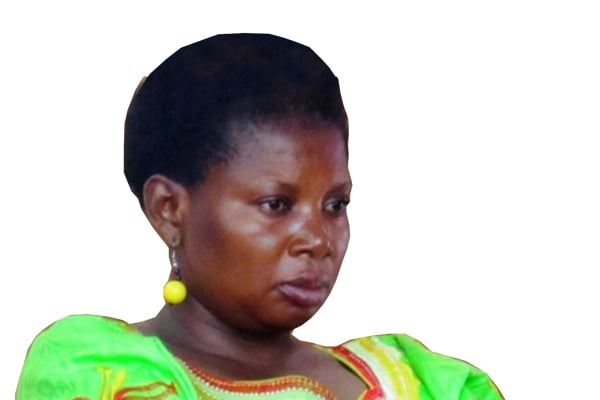Prime
MV Sigulu: Let’s not say ‘largest’ ferry in Uganda
In my column of April 19, I wrote about the journalists’ folly of superlatives or excitement whenever they report about the launch of a new infrastructure project in the country.
Superlatives are words or adjectives that “describe the extreme quality of one thing in a group of things”. Thus superlatives will carry words like most, best, tallest, fastest, etc, and are only used when comparing three things or more, not two or less!
In that specific article, I was predicting the kind of superlatives that would accompany the media reporting on the arrival of two Uganda Airlines aircraft – Bombardier CRJ900 – at Entebbe: “Most modern aircraft”, “state-of-the-art,” etc. Very much like we saw with reporting on the new Source of the Nile Bridge at Jinja: “…the longest bridge across a river in East Africa,” “…longest single plane cable configuration bridge on the entire African continent,” etc!
While reporting of the arrival of the new aircraft was measured and generally avoided superlatives, the hyperbole “disease” returned when Uganda National Roads Authority (Unra) took media on a tour of the Masese shipbuilding yard in Jinja where the MV Sigulu ferry is being built and now nearing completion.
Monitor online and NTV online on May 8 screamed: “Long-awaited Uganda’s largest ferry finally takes shape”! This was more or less the same headline carried by a myriad other online websites.
Daily Monitor print edition (May 9) on the other hand, handled the cover picture story well; it simply indicated capacity of the ferry – 300 passengers, 16 vehicles, 300 tonnes – without attempting to classify it as largest or smallest. Better to be safe than wrong!
The online team, perhaps, missed my earlier article in which I had engaged with the subject of journalists’ love for hyperbole and cautioned that “if you can’t count, don’t say most [or largest in this case]; say many [or “one of the big ferries” in this case]!”
To buttress the point then, I had also quoted veteran American editor Harold Evans’ book, Do I Make Myself Clear? A Practical Guide to Writing Well in Modern Age, in which he wrote: “…beware of superlatives. Rinse them through a sieve for accuracy. The biggest, tallest, fastest, richest so often turns out to be the second biggest, second tallest, second fastest, and nowhere near the richest.”
So is MV Sigulu Uganda’s largest ferry when it finally sets sail? Which is the second, third or fourth largest? This full comparison is important for readers to make sense of a story that tries to latch on superlatives.
I spoke to Unra to compare the capacities of two of their “big” ferries; the yet to be launched MV Sigulu and the recently (2018) launched MV Albert Nile-1 that plies Wanseko to Panyimur, to establish which is “largest in Uganda”.
I also sought out the capacity of other marine vessels/ferries operating on Lake Victoria and ignored those that make short crosses of the River Nile, again to establish capacity and draw comparison.
Verdict: Capacity of both MV Albert Nile-1 and MV Sigulu is 300 passengers and 15 vehicles – 300 tonnes. MV Pearl and MV Ssese that ply Bukakata in Masaka and Luuku in Kalangala have capacity of 200 passengers and 20 vehicles. MV Kalangala that plies Nakiwogo (Entebbe) and Lutoboka (Kalangala) has capacity of 108 people and eight vehicles – 100 tonnes.
When we go to purely cargo ferries, we have MV Kaawa and MV Pamba (grounded at Port Bell), which belong to Uganda Railways and used to ply Port Bell, Mwanza and Kisumu.
A third cargo ferry, the MV Kabalega, sunk in 2005. Each of these vessels has capacity of 44 twenty-foot wagons or 22 forty-foot wagons – 1,000 tonnes!
As I wrote then, readers get bombarded and confused by these superlatives because while there’s some truth, context is often left out rendering information incomplete and sometimes wrong.
MV Sigulu being the largest Uganda ferry when it sets sail is, therefore, false and misleading. The information may have been handed down by excited Unra officials to journalists, but these officials do not bear the same standard of accuracy as journalists. Our responsibility is to double check and bring context before publishing.
That said, such events [launches] are an opportunity for journalists to tell wider stories/features about an industry, not simply reproduce official statements. The public will be more informed and more satisfied by complete and accurate stories.
Send your feedback/complaints to [email protected] or call/text on +256 776 500725.


